Barometer
A barometer is a scientific instrument used to measure atmospheric pressure. It is an important tool in meteorology for forecasting weather patterns.
Types of Barometers:
There are two main types of barometers:
- Mercury Barometer: This type uses a column of mercury to measure air pressure. As the atmospheric pressure changes, it causes the level of mercury in the column to rise or fall. The height of the mercury column is a measure of the atmospheric pressure.
- Aneroid Barometer: This type uses a small, flexible metal box called an aneroid cell. As the pressure changes, the cell expands or contracts, which is then converted into a pressure reading on the barometer's dial.
How Barometers Work:
Atmospheric pressure is the force exerted by the weight of the air above us. When the pressure is high, it usually indicates fair weather, while low pressure often indicates the possibility of storms or precipitation.
Barometric Pressure Units:
Barometric pressure is typically measured in units of either inches of mercury (inHg) or millibars (mb). Standard atmospheric pressure at sea level is about 29.92 inHg or 1013.25 mb.
Study Guide:
Here are some key points to remember about barometers:
- Barometers are used to measure atmospheric pressure.
- There are two main types of barometers: mercury and aneroid.
- Mercury barometers use a column of mercury to measure pressure, while aneroid barometers use a flexible metal box.
- High pressure usually indicates fair weather, while low pressure may indicate the possibility of storms or precipitation.
- Barometric pressure is measured in inches of mercury (inHg) or millibars (mb).
Understanding how barometers work and how to interpret their readings is important for predicting weather patterns and understanding changes in the atmosphere.
.◂Math Worksheets and Study Guides Fourth Grade. Division/Multiplication
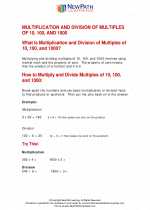
 Activity Lesson
Activity Lesson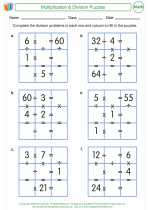
 Worksheet/Answer key
Worksheet/Answer key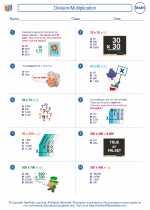
 Worksheet/Answer key
Worksheet/Answer key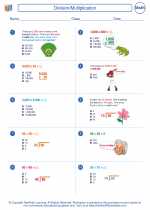
 Worksheet/Answer key
Worksheet/Answer key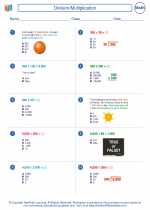
 Worksheet/Answer key
Worksheet/Answer key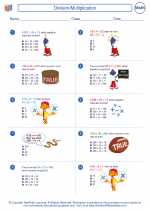
 Worksheet/Answer key
Worksheet/Answer key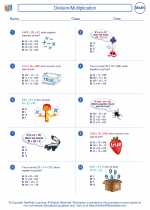
 Worksheet/Answer key
Worksheet/Answer key
 Worksheet/Answer key
Worksheet/Answer key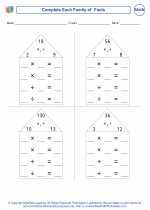
 Worksheet/Answer key
Worksheet/Answer key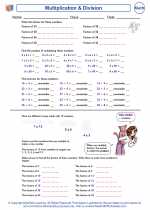
 Worksheet/Answer key
Worksheet/Answer key
